
Invertebrates The Majority of animal Species on earth

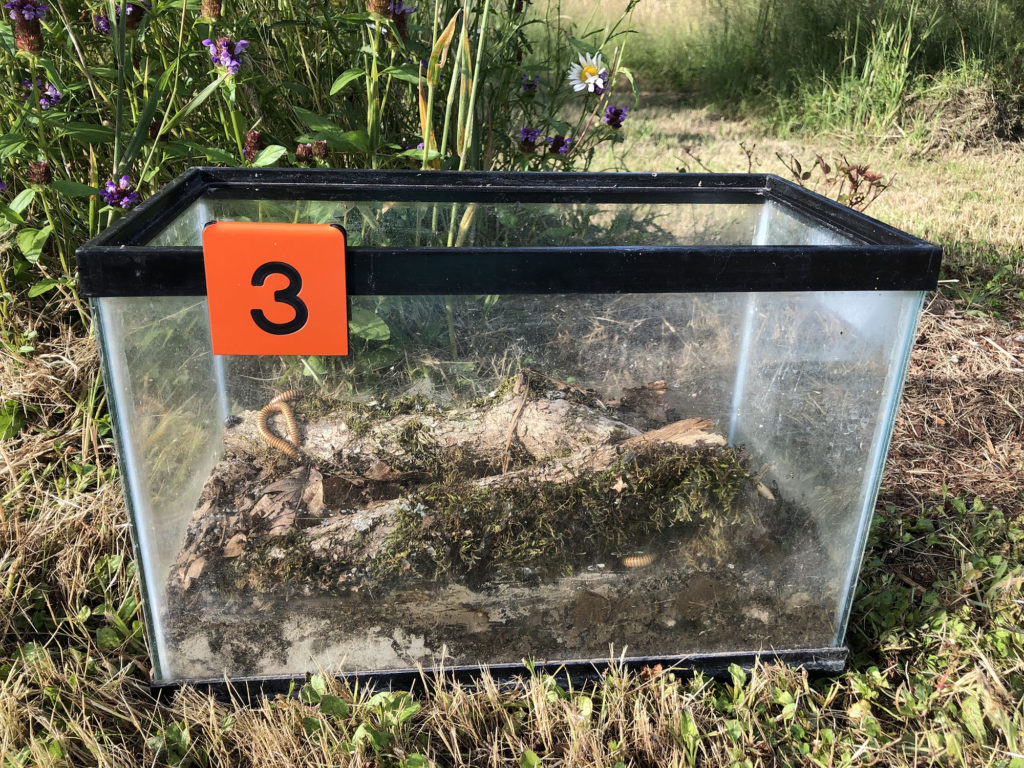
Invertebrate Objectives
-
Provide examples of annelid invertebrates.
-
Describe what scavengers, detritivores, and decomposers consume, including why they are significant to other species.
-
Provide examples of organisms commonly found in soil communities.
Since we humans tend to organize and classify by patterns, we often try to assign things to simple groups, like assigning animals to either vertebrates or invertebrates.
The problem with thinking “verts. vs. inverts.” is that:
-
we all share a common ancestor, so there are many shared characteristics between the vertebrates and invertebrates.
-
it is easiest to put a lot of attention on us vertebrates, even though invertebrates play critical roles in Earth’s ecosystems.
-
there are far more invertebrate species on Earth.
Approximately 95% of the animal species on Earth are invertebrates
34 of the 35 animal phyla (largest classification groups) are invertebrates
Let’s take a closer look at one Phylum of invertebrates to get a feel for how diverse and significant invertebrates are: the Annelids
While watching this video, list the characteristics that clearly make these earthworms animals and list possible characteristics of earthworms (annelids) that set them apart from other animals.
Here are two other examples of annelids, what do they have in common with the earthworms?
Marine worm approximately two inches long that grab prey with tentacles.
Freshwater worms that eat decaying organic matter, approximately one inch long.
The animal kingdom is broken down into approximately 35 phyla. The number has changed as genetic analysis has led to discovery of new phyla.
Phylum Annelidia (the annelids) includes the earthworms, spaghetti worms, tubifex worms, and the amazing flower-like feather duster worm below. Its segmented body is protected by a paper-like tube it produces, its feeding and breathing gills are extending.
Annelid worms differ from other worm phyla (there are 12!) by having segmented body parts.
Soil Organisms
Soil animals play a critical role in breaking down decaying organisms, part of organisms, and fecal material. Eventually these remains are broken down by fungi and bacteria into small enough particles that they can be recycled back to producers like plants and algae.
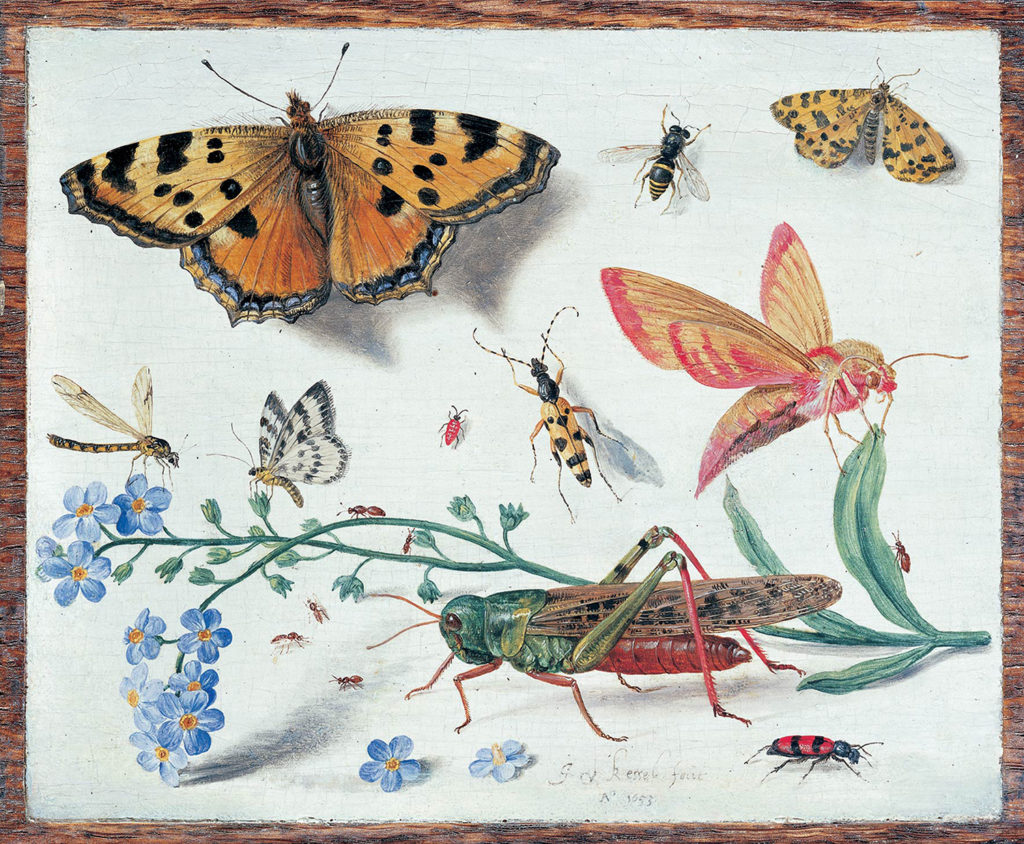
From earlier in this course, taxonomic classification is naming organisms based on their structures like bones and teeth, and more recently their genetic structures as well.
Organisms are classified in one of three Domains. The Domains are Eukaryota, Bacteria, and ________.
Functional classification, based on what an organism does in a community, includes the producers, _____, and decomposers.
The animal Kingdom has approximately 35 phyla, only one of these contains animals with backbones. Soil invertebrate animals represent multiple phyla.
Common Soil Organism Phyla
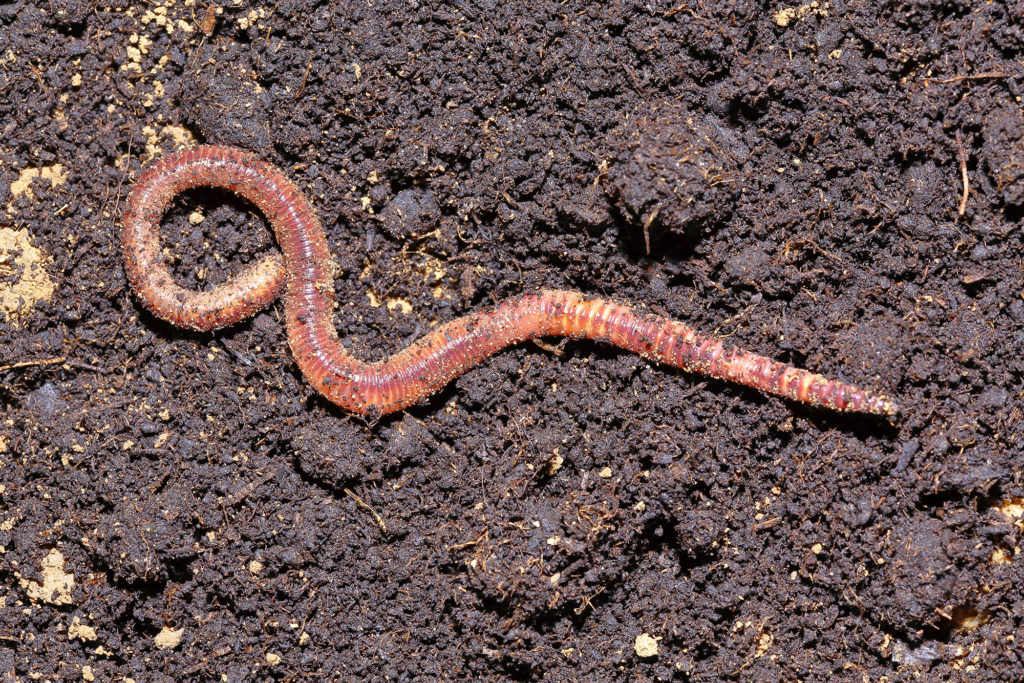
Phylum Annelidia
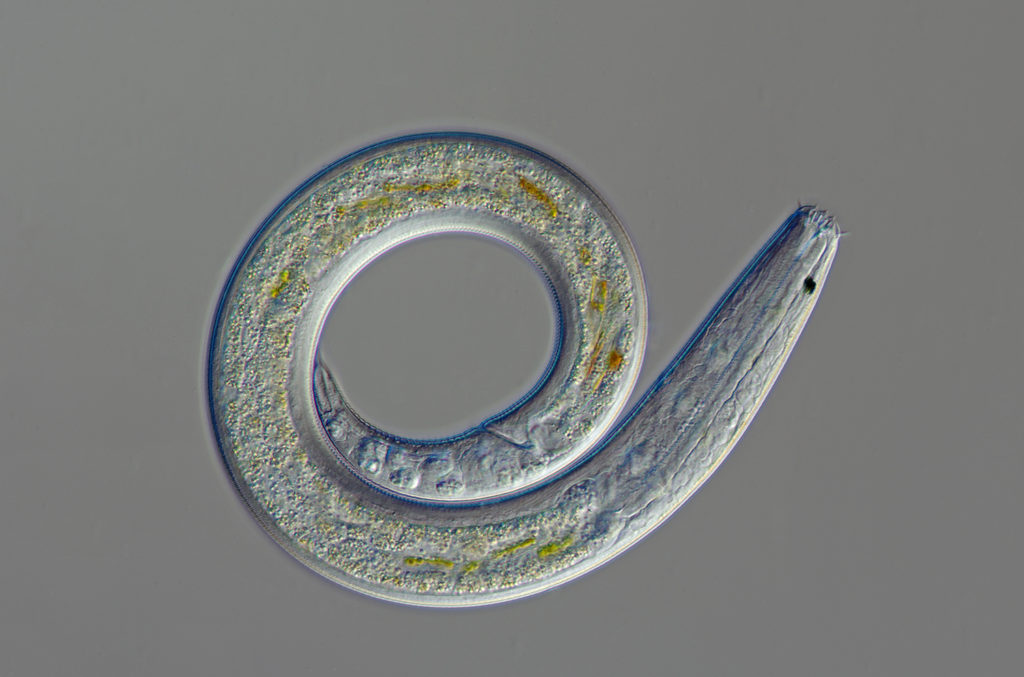
Phylum Nematoda
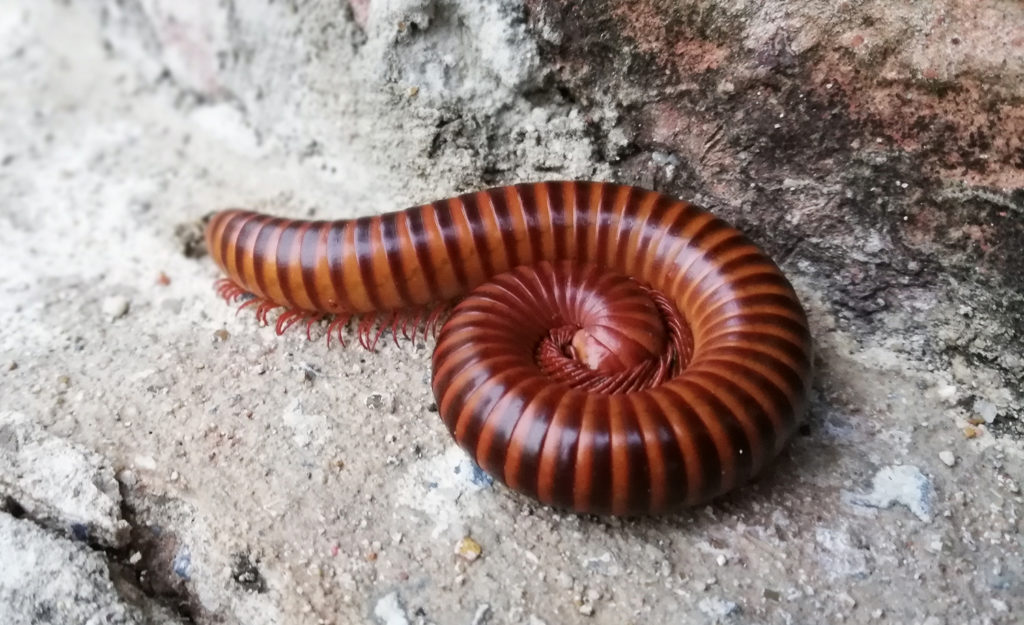
Phylum Arthropoda
Within soil food webs, interactions can occur between a living organism and one that has already died.
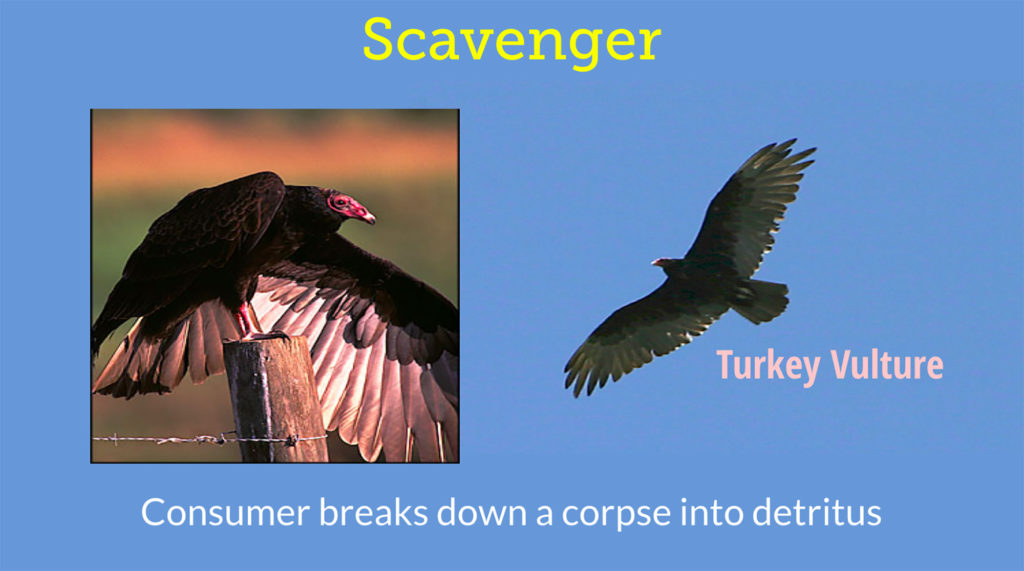
Scavengers break down a recently dead organism (a corpse) into smaller pieces called detritus. This is a positive/neutral (+/0) interaction.
Soil scavengers include some beetle species like dermestid beetles.
Soil organisms, including these dermestid beetles and their larvae, scavenge (consume) dead organisms.
Note: beetle larvae are consuming an animal corpse
Detritivores eat small recently dead organisms and pieces of detritus from larger organisms. This is also a positive/neutral interaction (+/0).
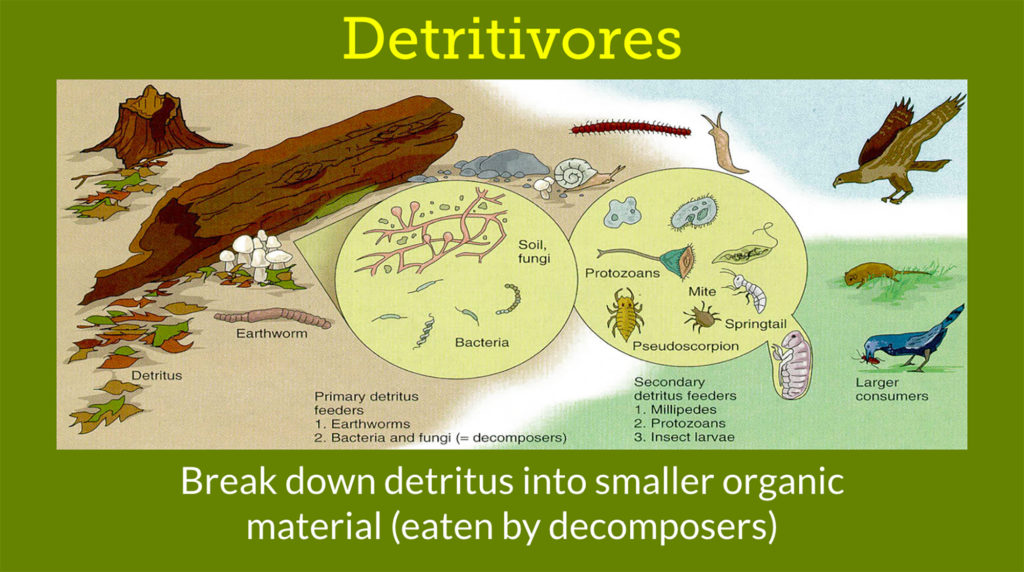
Earthworms, millipedes, and sowbugs are all examples of soil detritivores that consume small pieces of detritus.
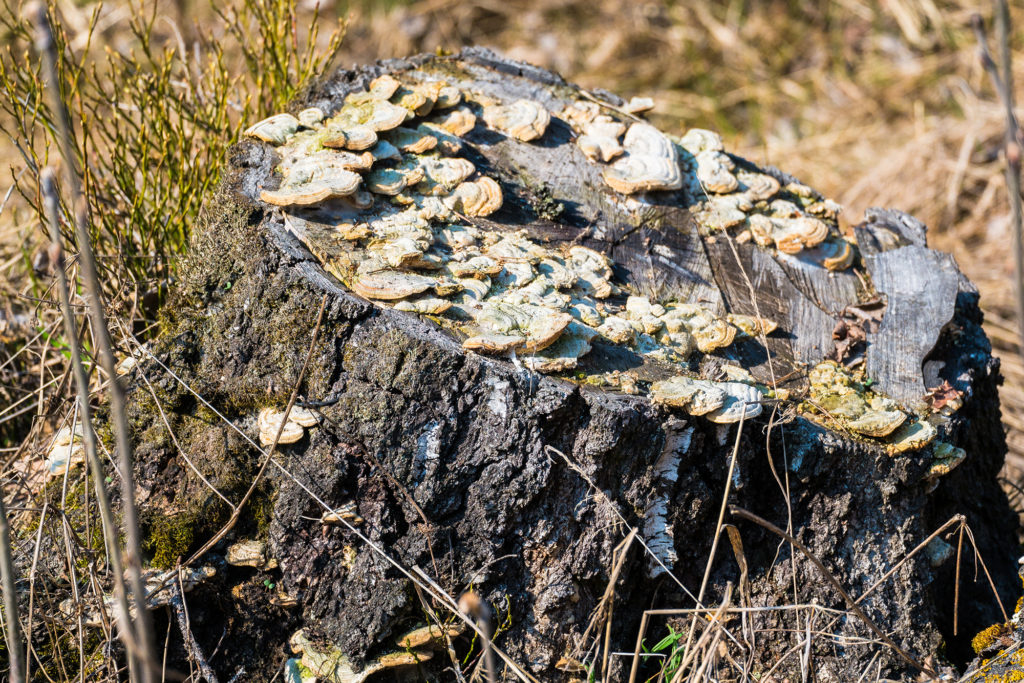
Decomposers, including fungi and some species of bacteria, break organic matter into small molecular form, enabling nutrients to recycle back to the producers.

Soil organisms can be abundant in compost bins, like this composting pile of lawn clippings and kitchen scraps.
Soil organisms are critical in breaking the remains of other organisms into nutrients that can reenter the food web.
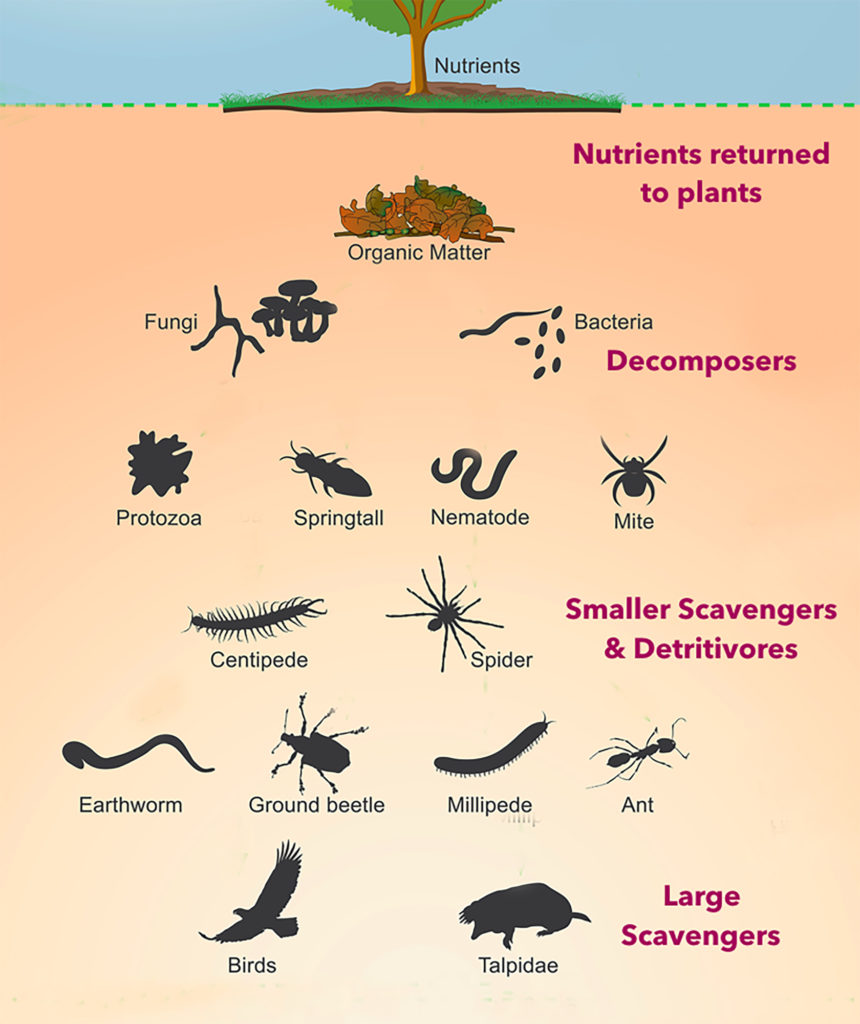
Consider the taxonomic classification of the soil animals in this video (for example, “arthropod insects” or “annelid worms”) as well as their functional classifications that are introduced.
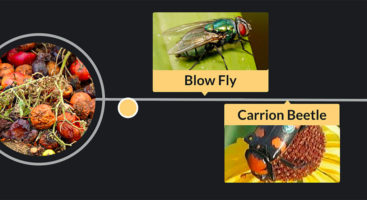
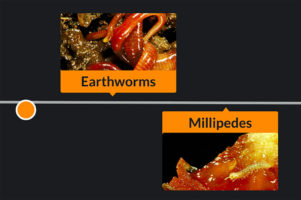
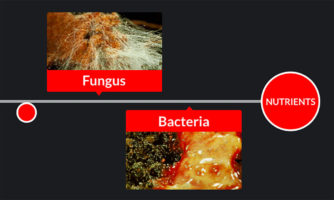
From this page so far, Sowbugs are taxonomically classified as: ___________ and functionally classified as: ___________
Sowbugs breath with gills, so they are likely to be found in wet soils where they break down decaying organisms. They are found in many locations and are also easy to raise in an escape-proof damp terrarium with plenty of food and cover to hide under.
(answers: sowbugs are taxonomically classified as crustacean arthropods and functionally classified as detritivore consumers)
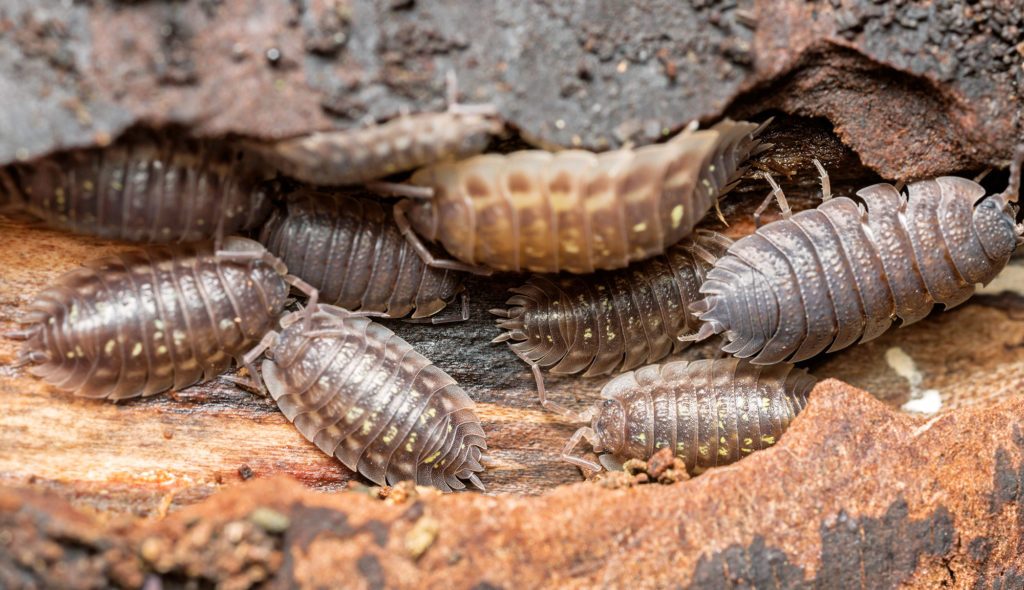
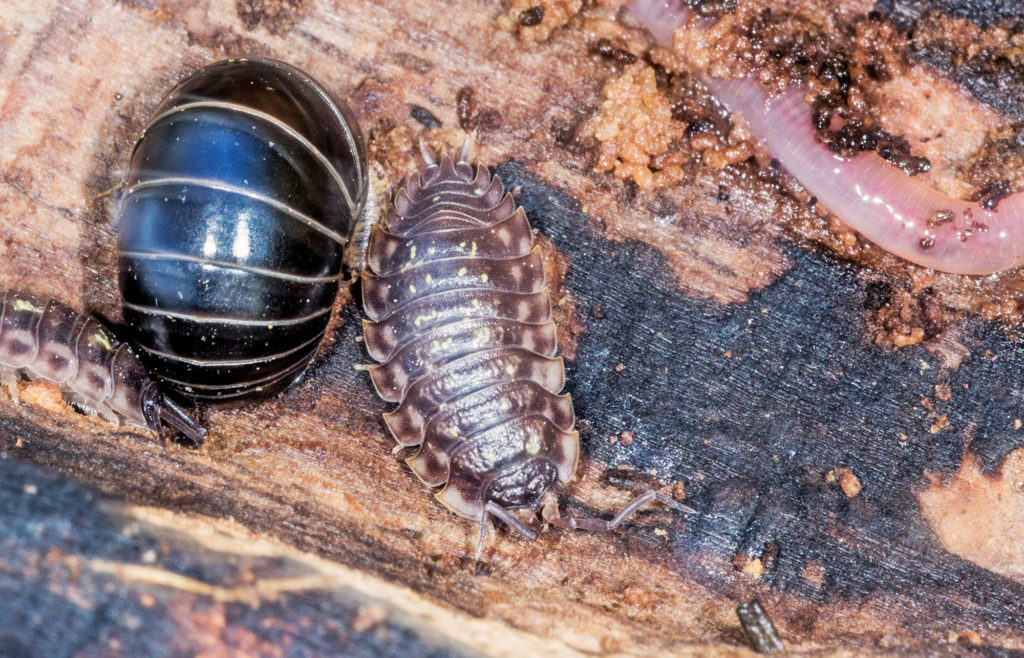
Sowbugs (center arthropod) are often confused with “roly-poly” pillbugs (left arthropod) that curl into a ball in response to potential predators. Sowbugs do not have this defensive movement, they just walk away quickly and try to get under something.
Sowbugs are taxonomically classified in Domain _____ and functionally classified as _____.
Soil organisms can compete for food, watch the interactions between crickets and sowbugs. Which species appears to have a competitive advantage?
The next section focuses on insects, a huge group of arthropod invertebrates.
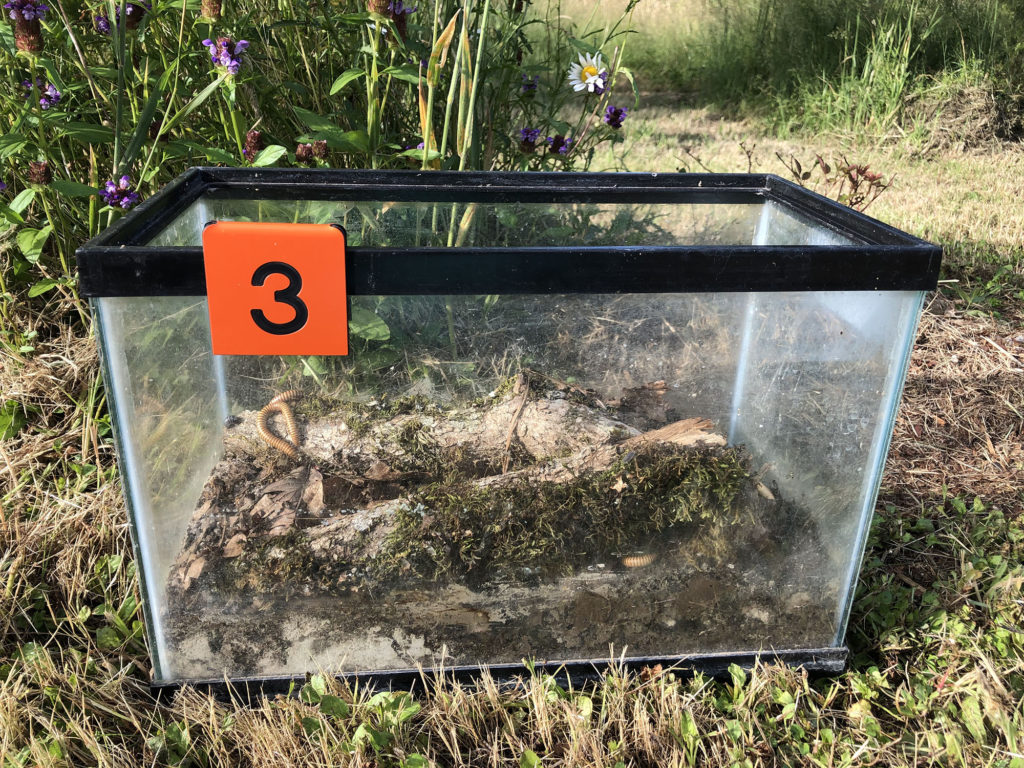
Check your knowledge. Can you:
-
provide examples of annelid invertebrates?
-
describe what scavengers, detritivores, and decomposers consume, including why they are significant to other species?
-
provide examples of organisms commonly found in soil communities?



